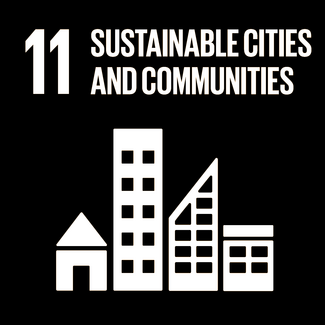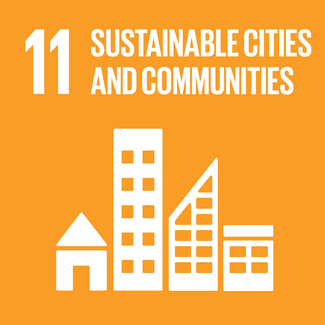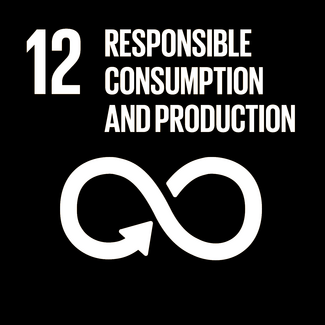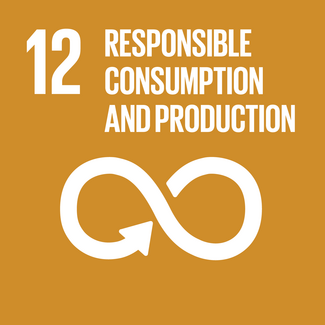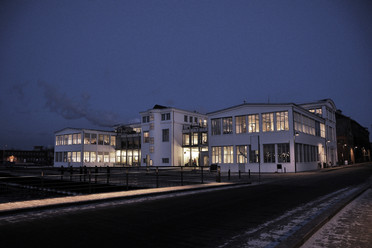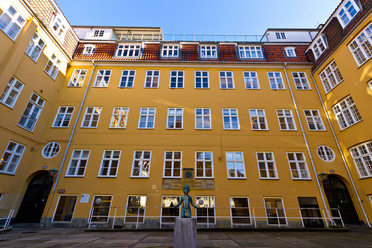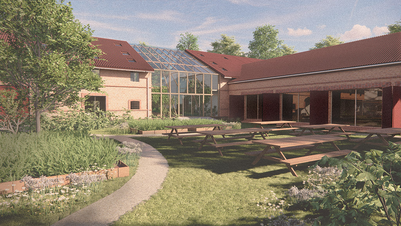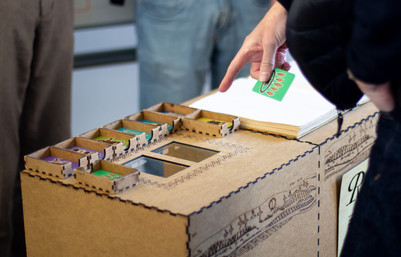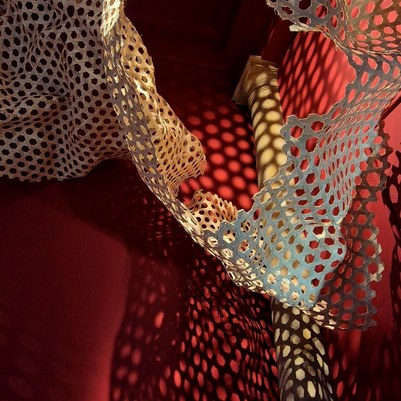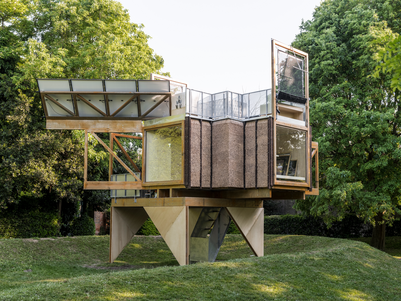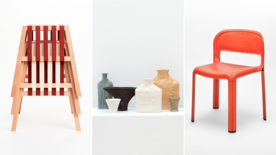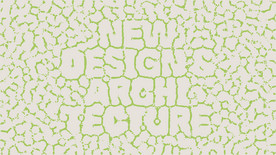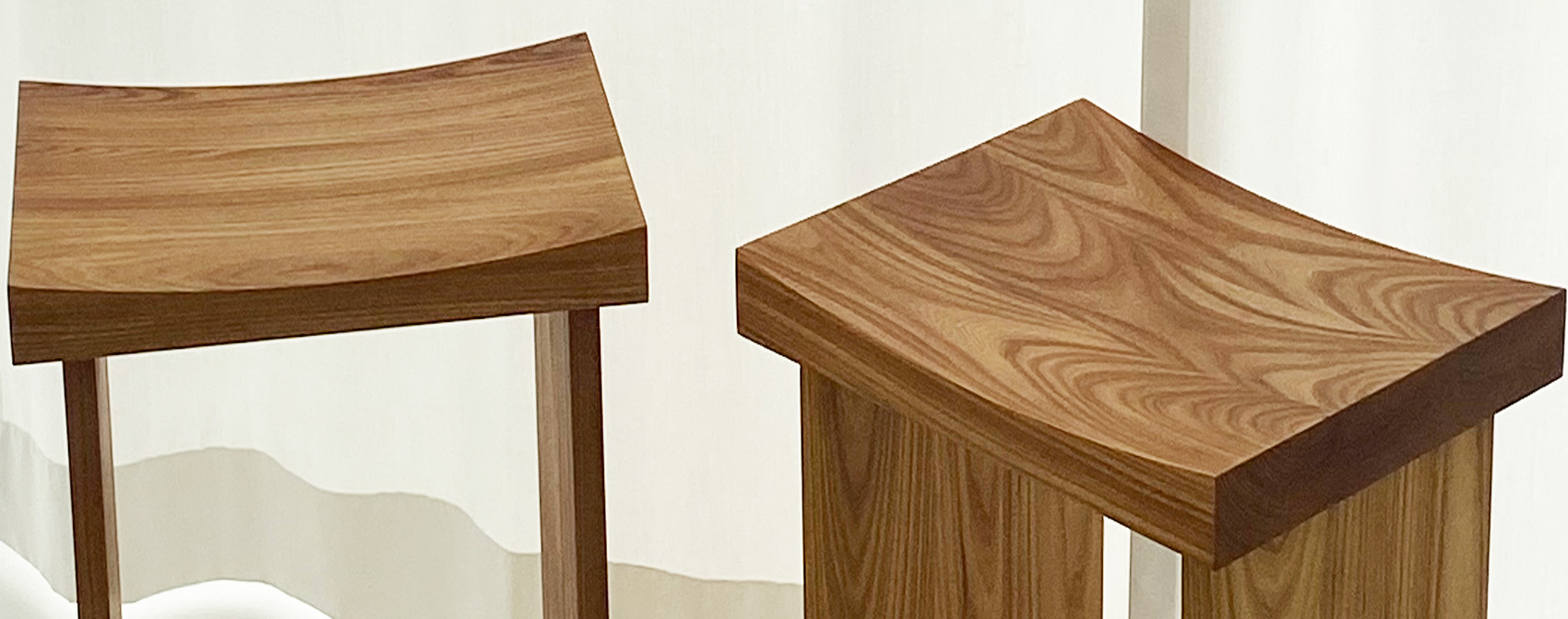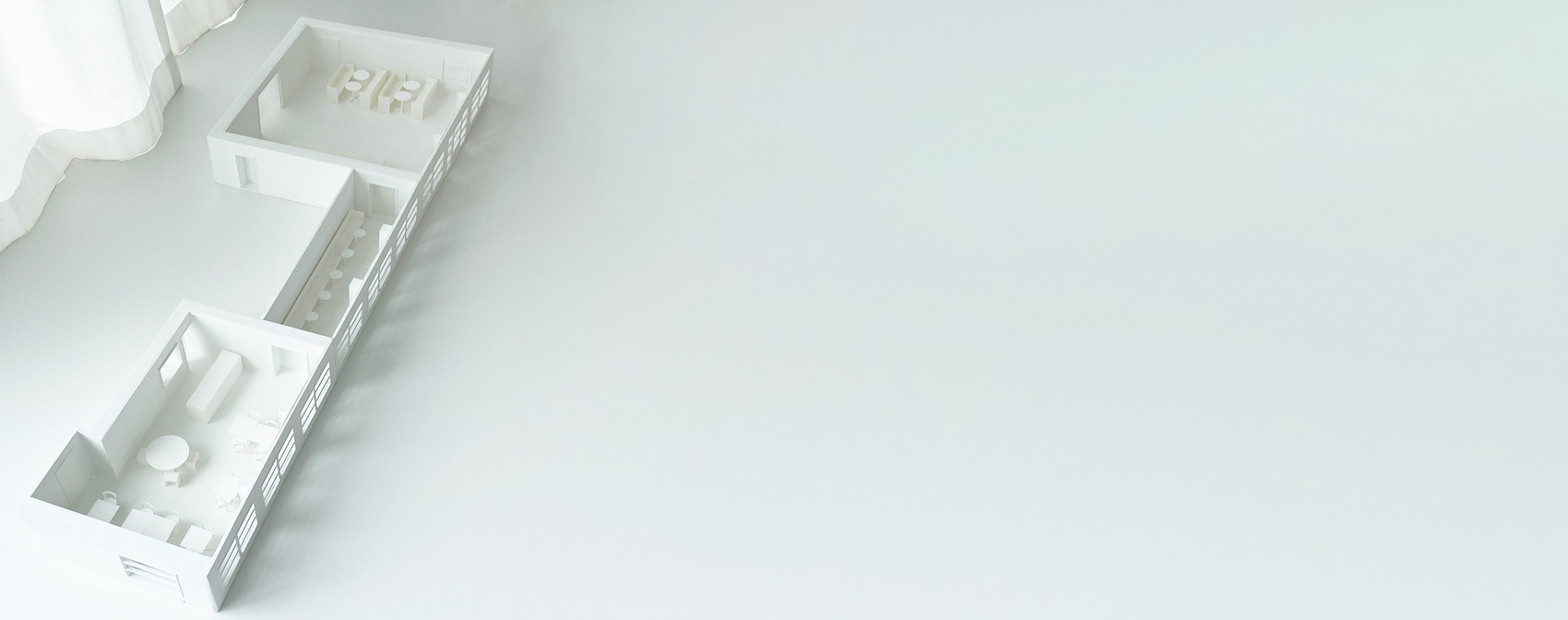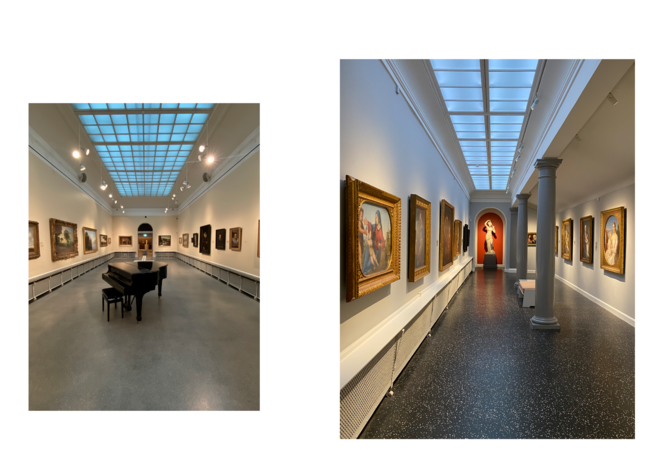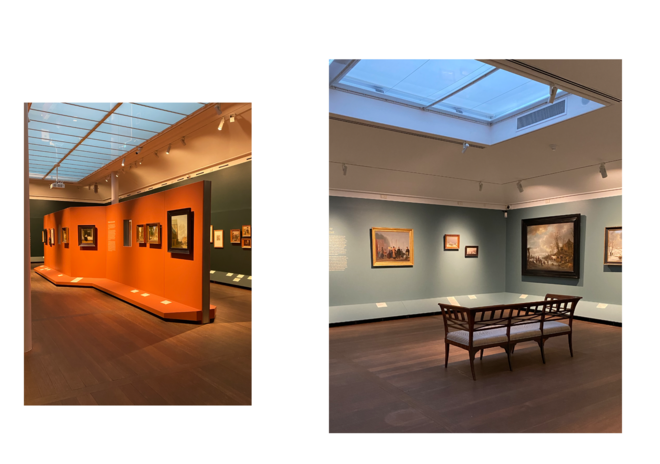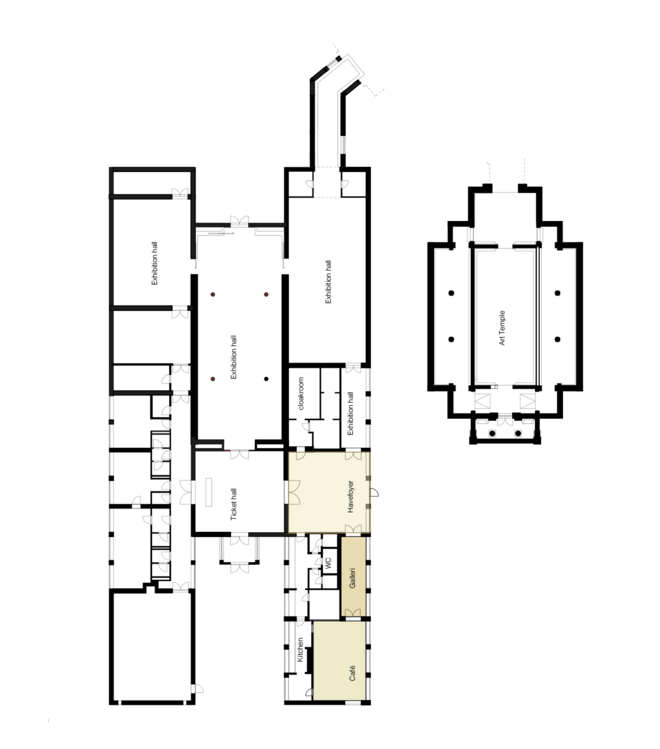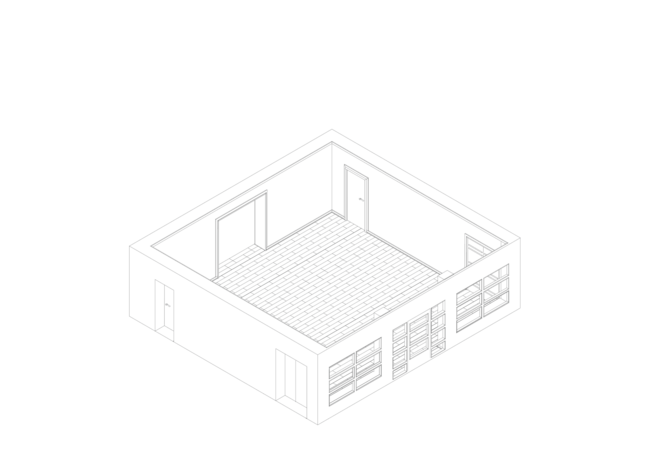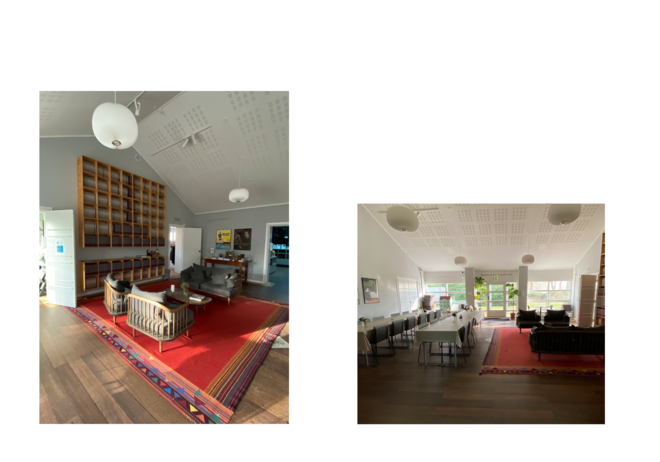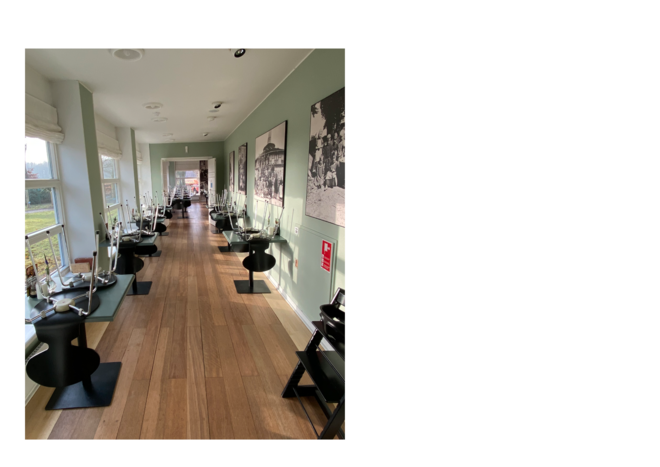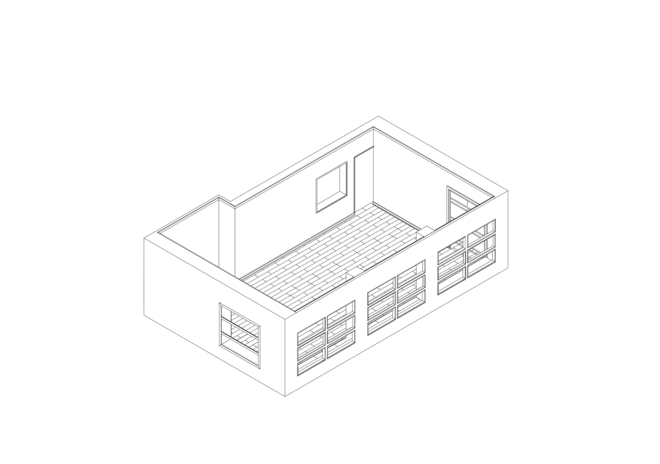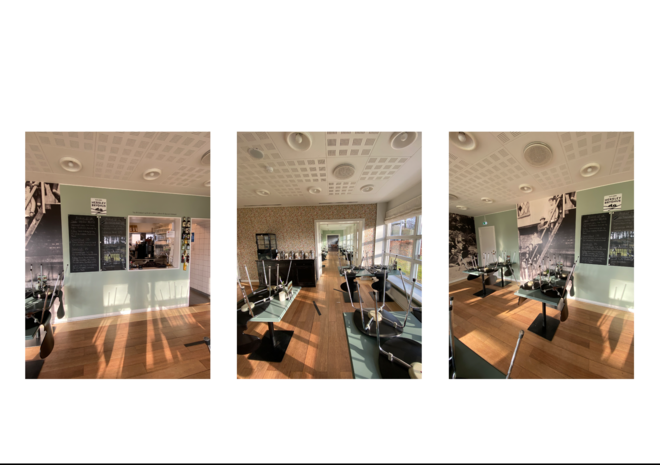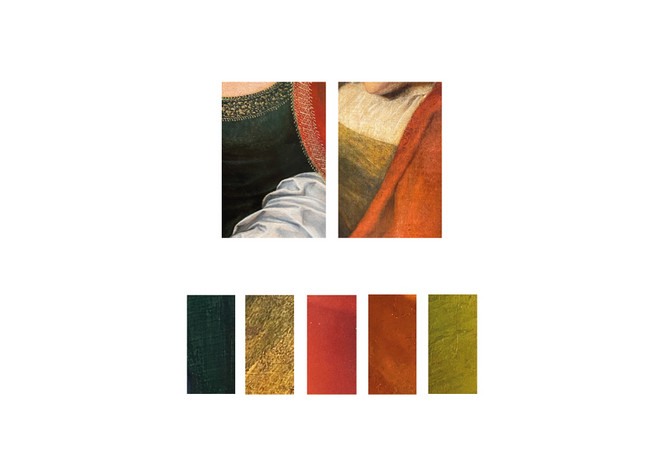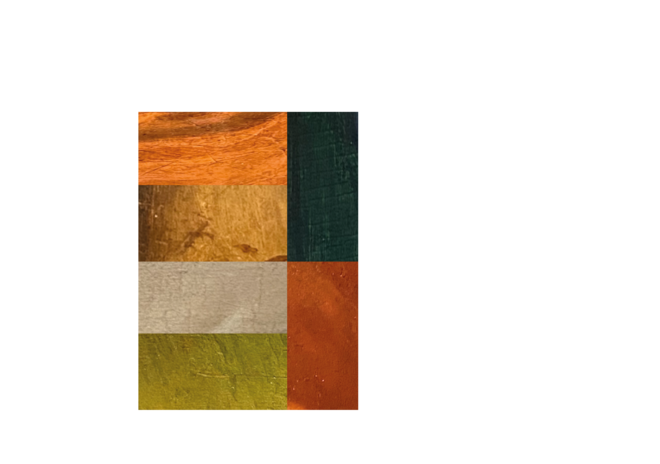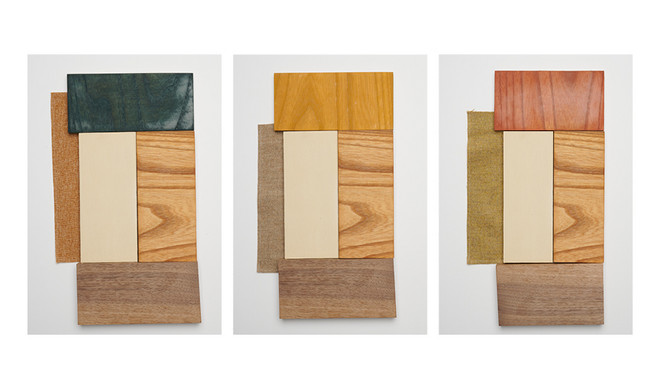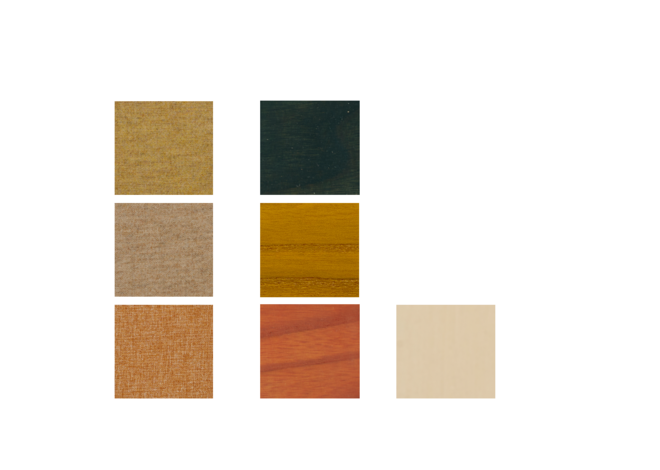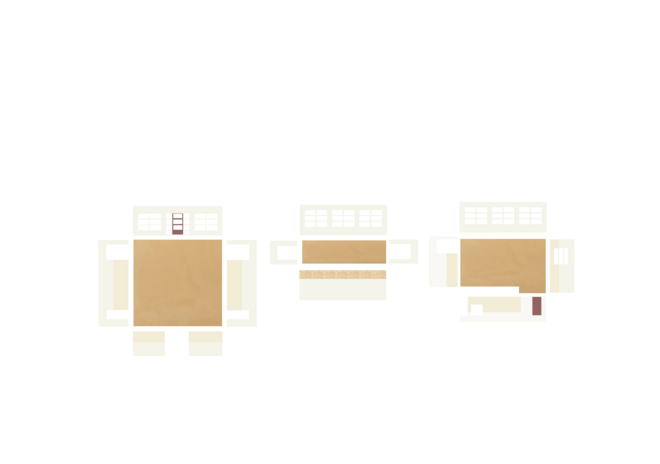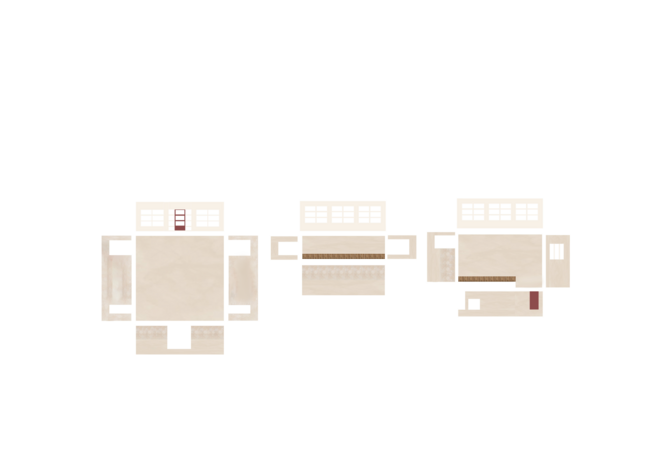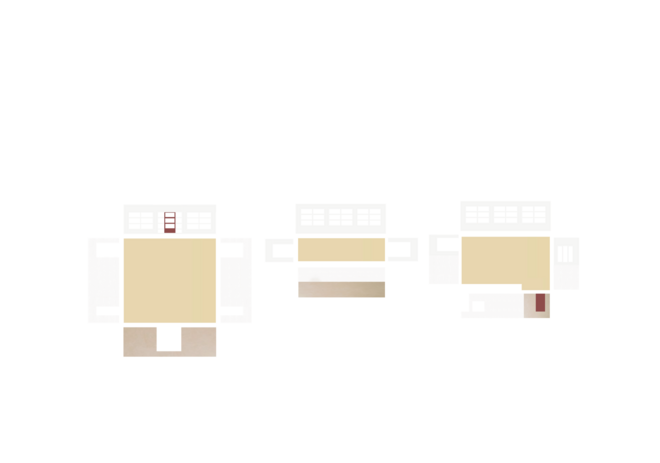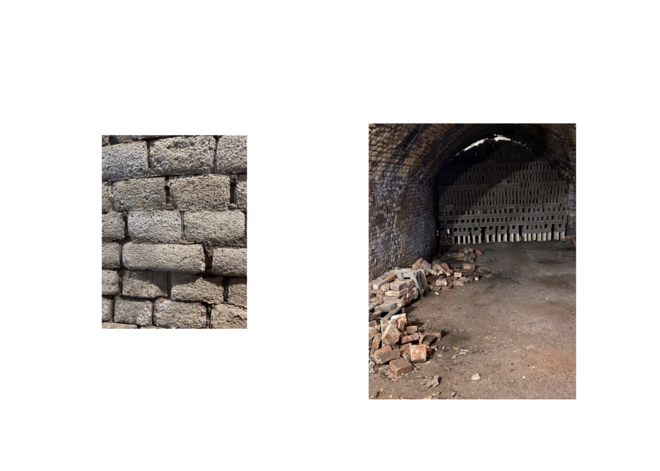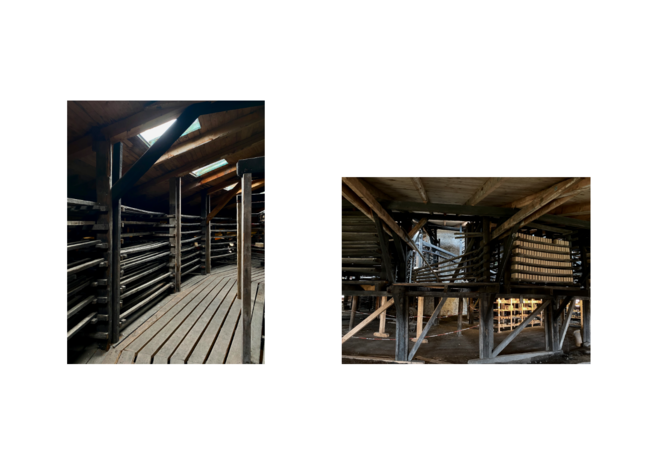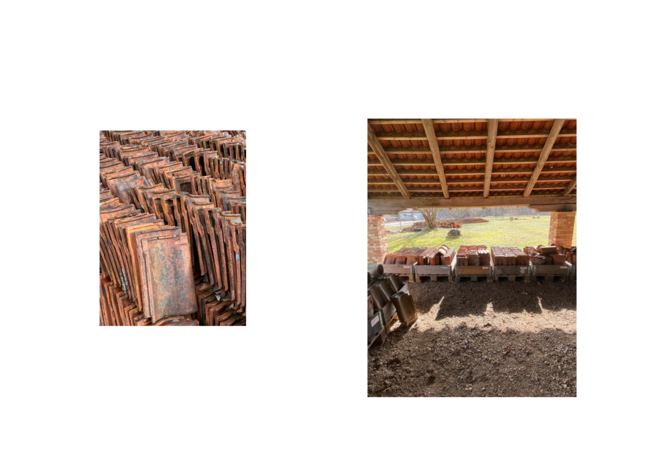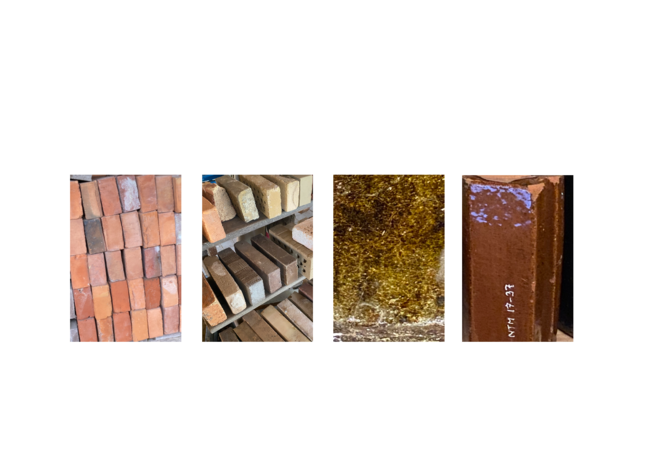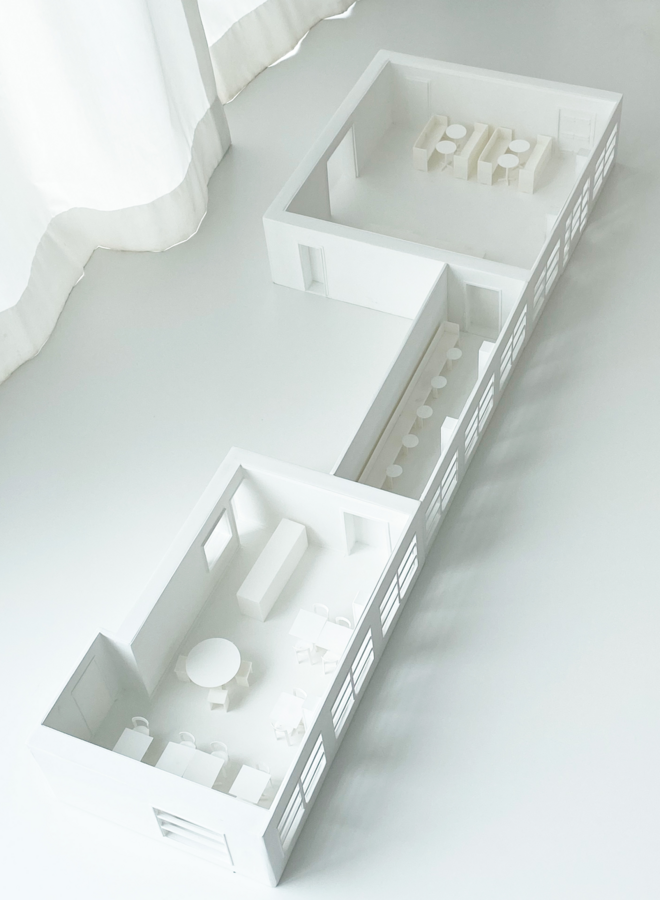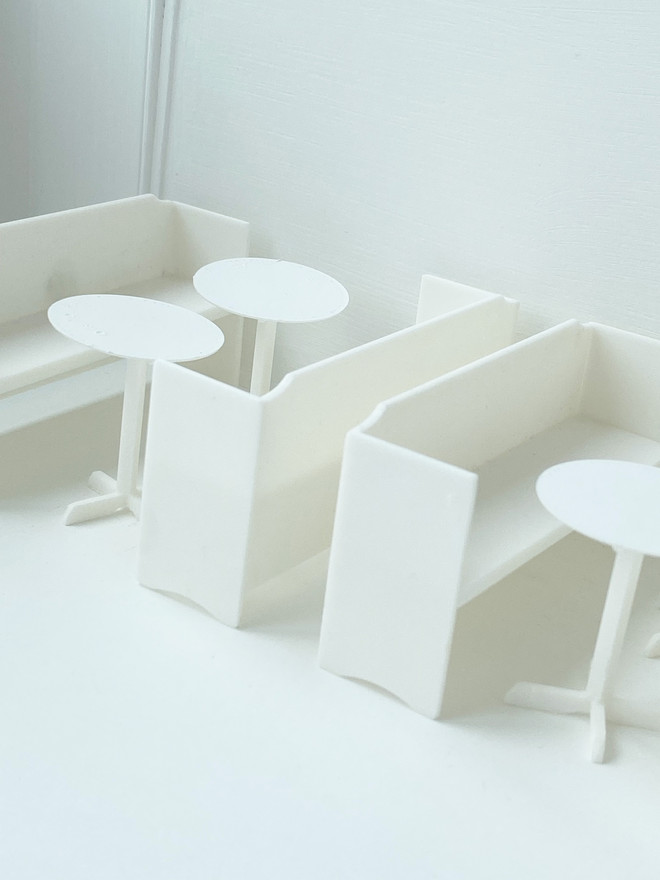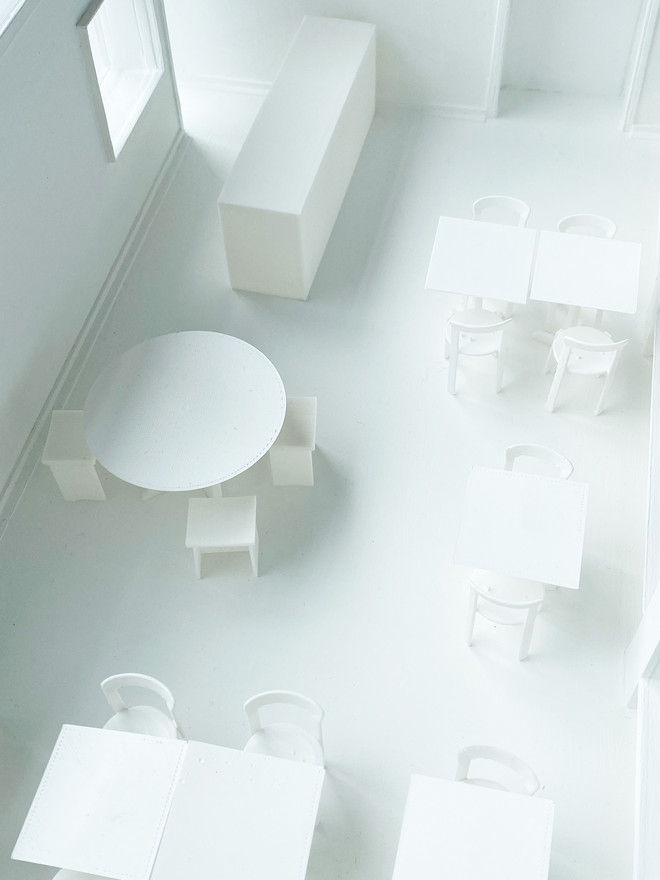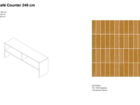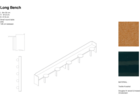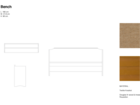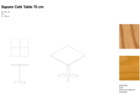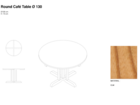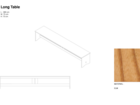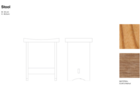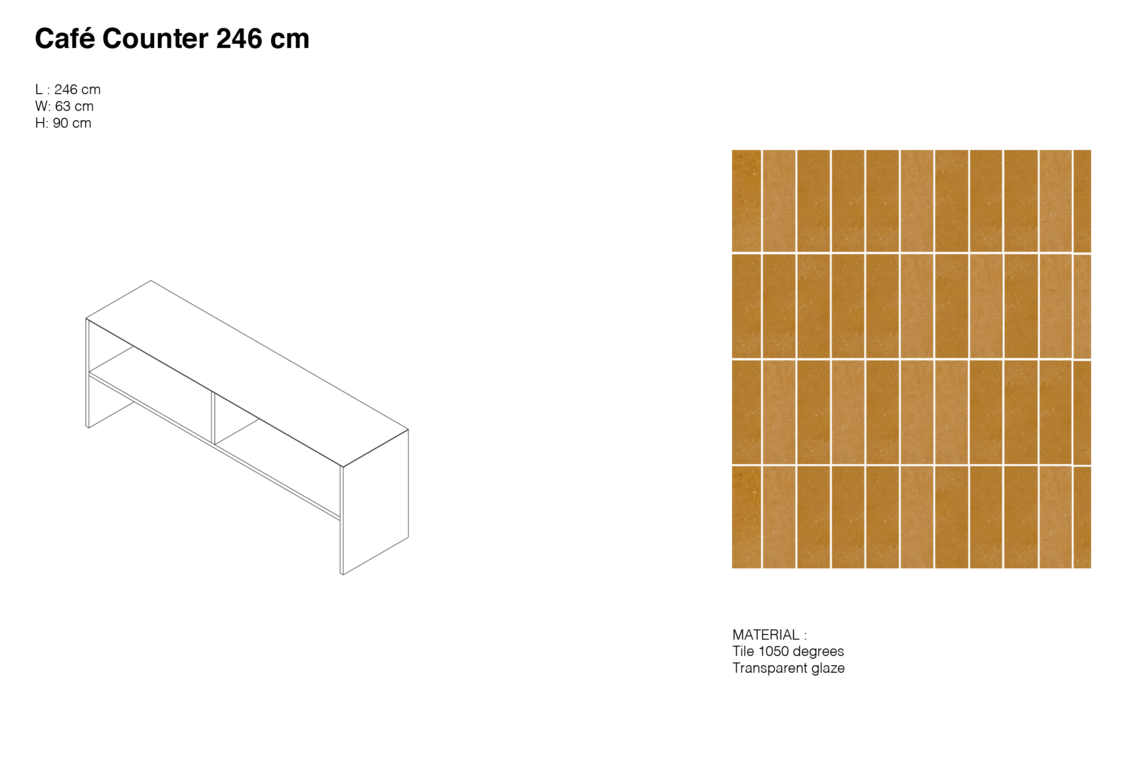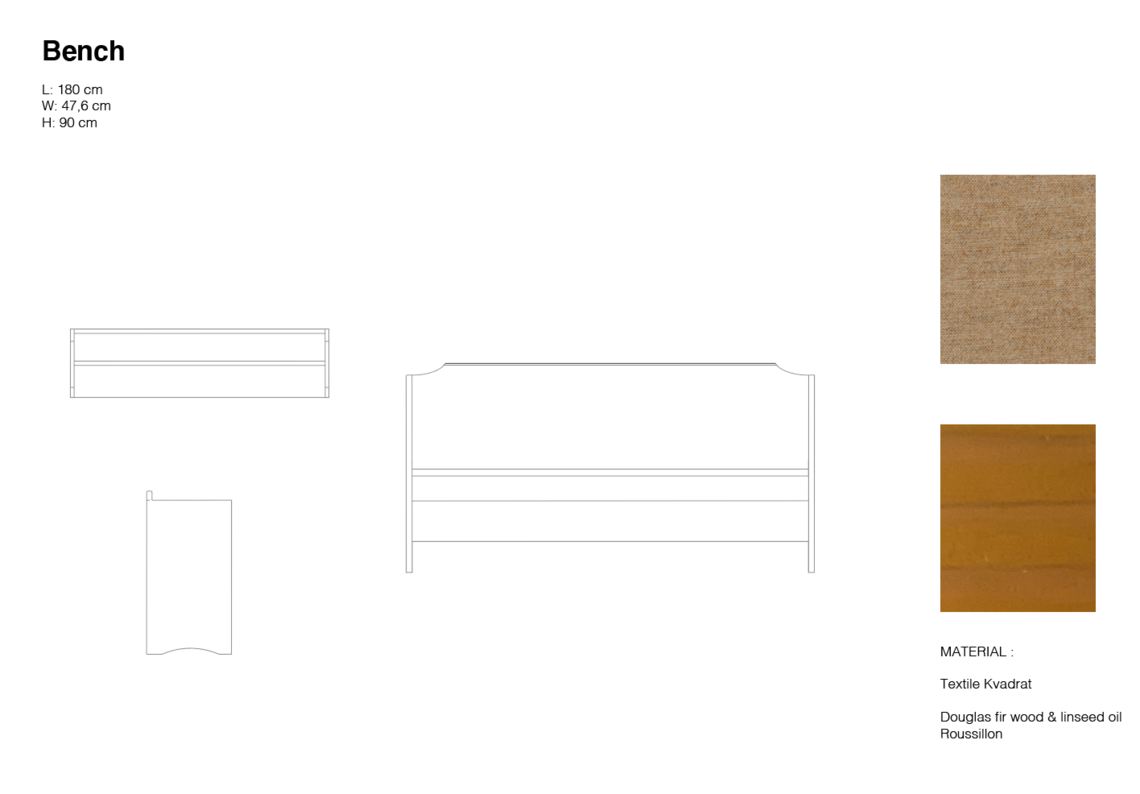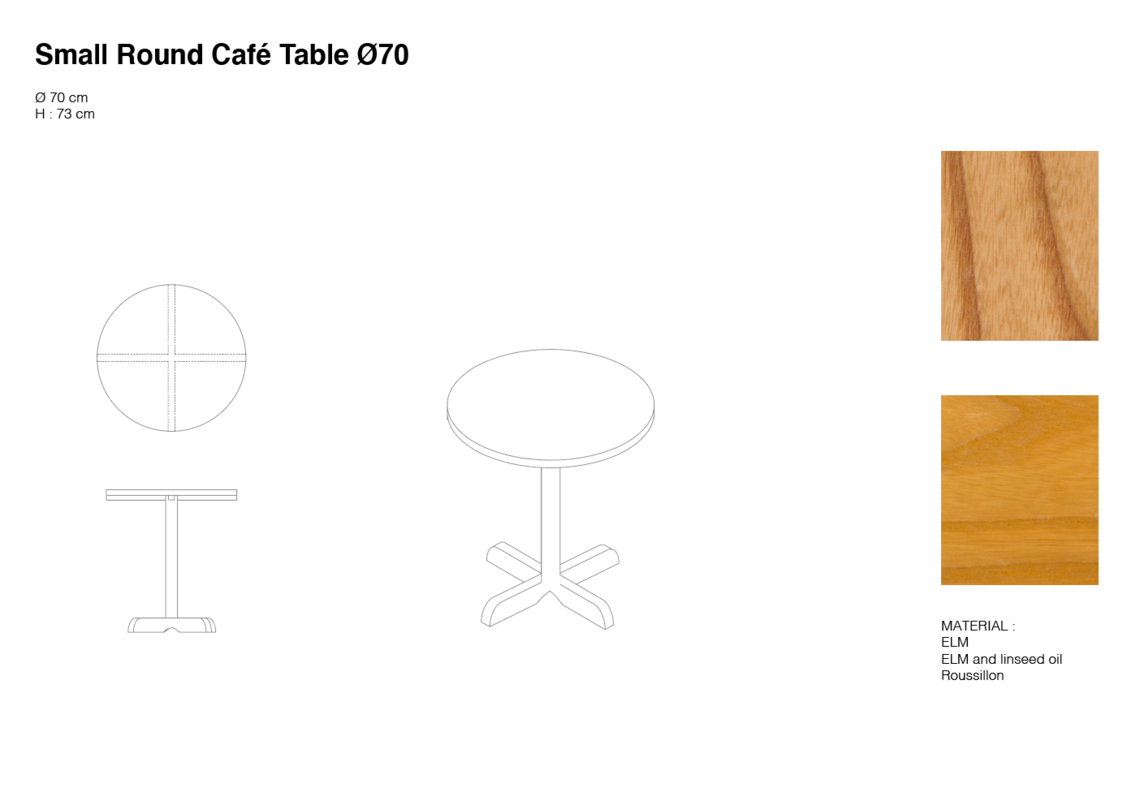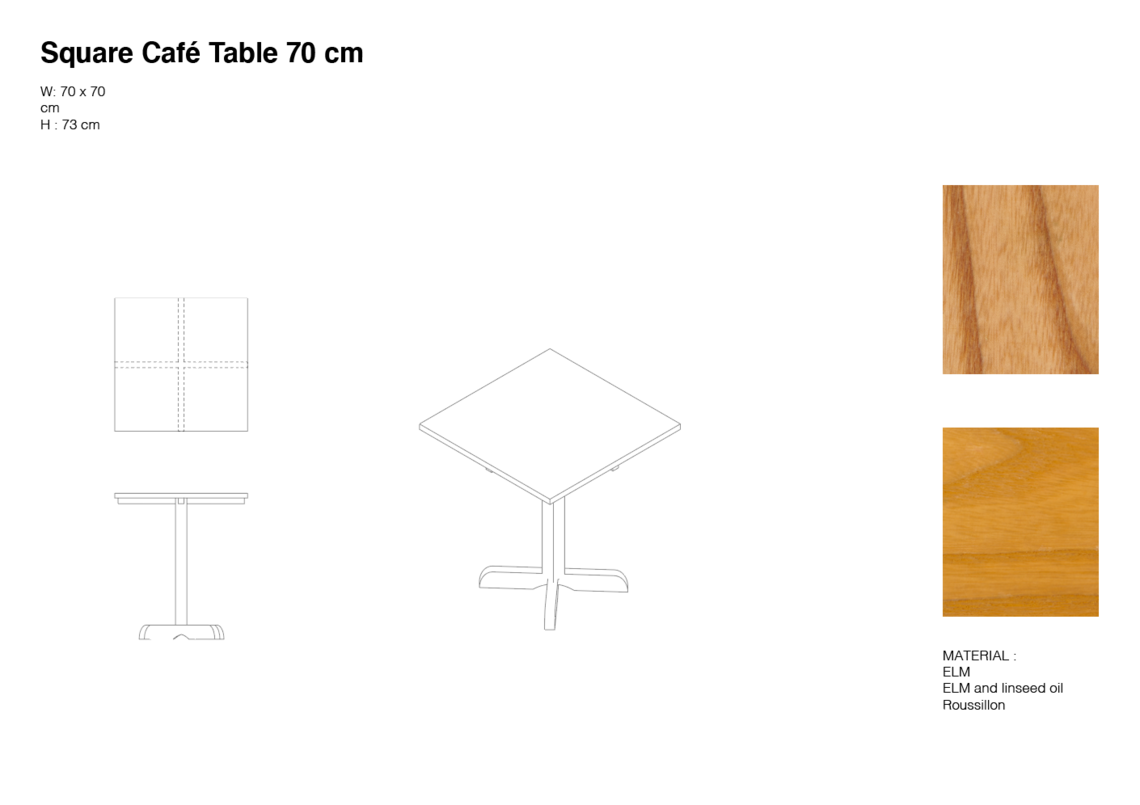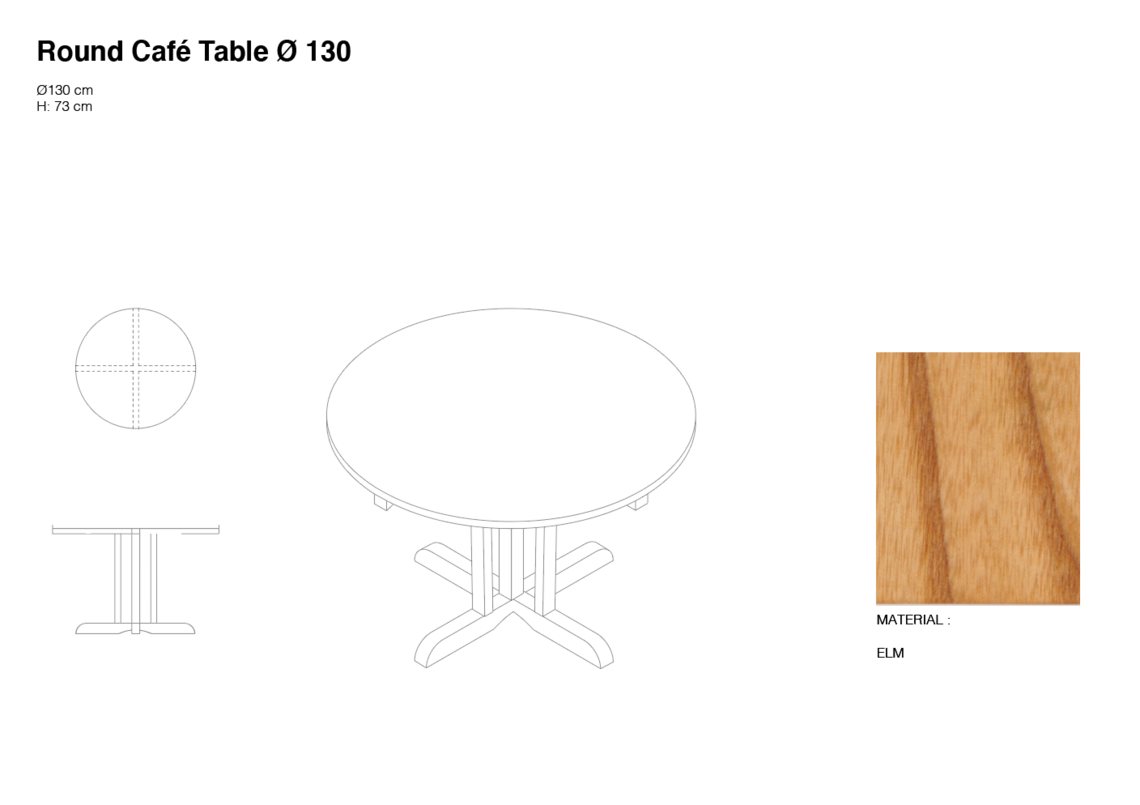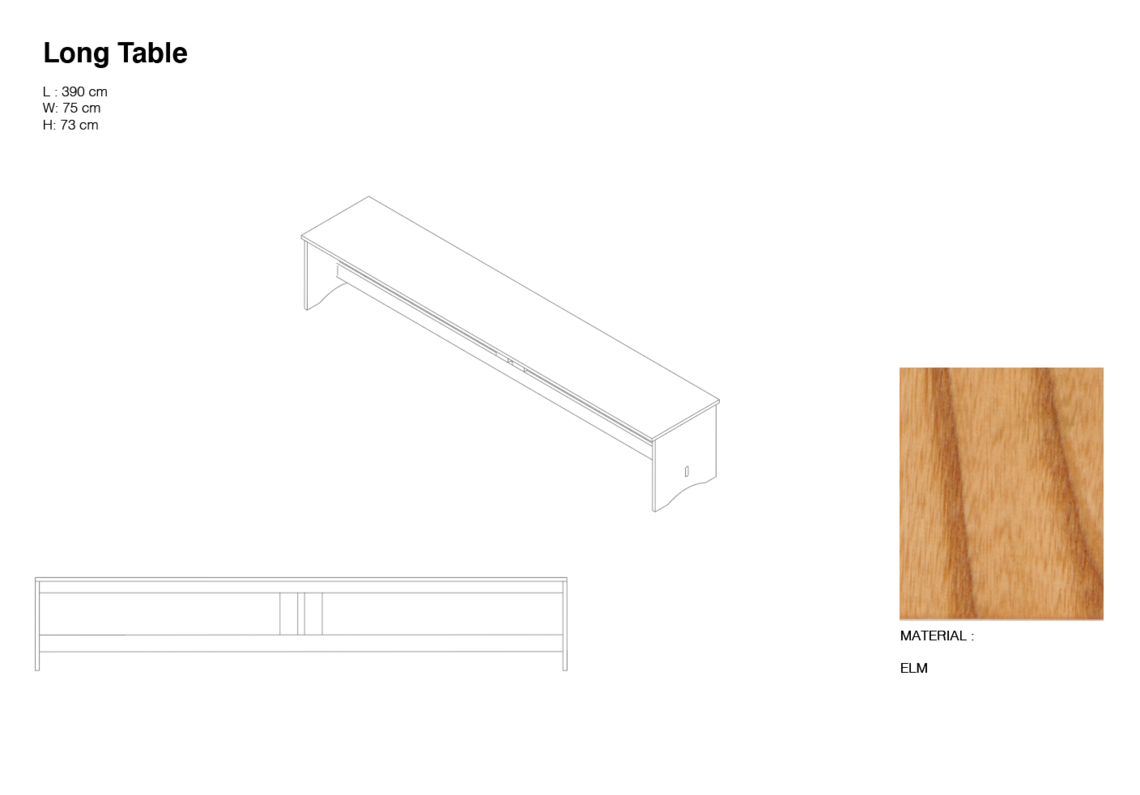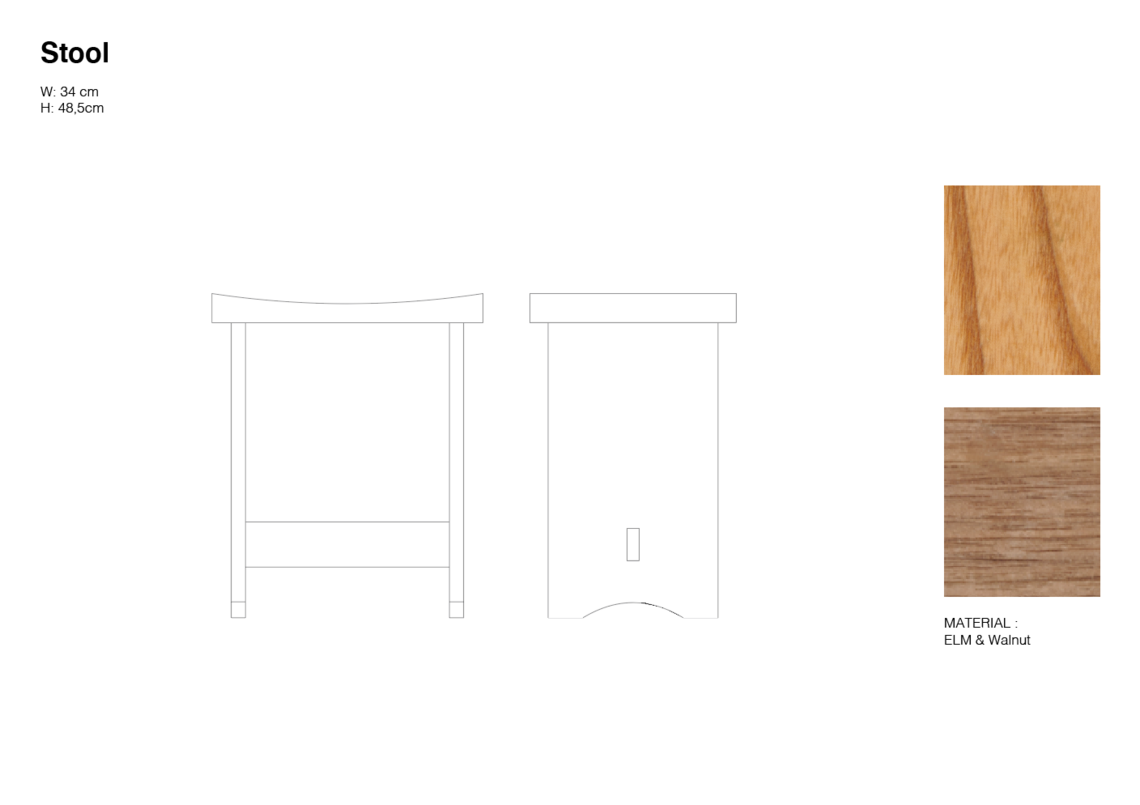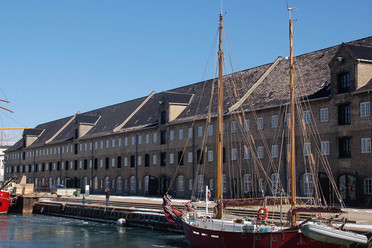
Nivaagaard Collection - Hages Saloner
The project aims to propose a plan for the renovation of the Nivaagaard Painting Collection’s café with a particular focus on establishing a place with local ties and historical references to the art collection. The design proposal seeks to create a harmonious connection between the museum’s exhibition spaces and the café by creating a site-specific interior that reflects the colors, eras, and ambiance of the collection. Additionally, the renovation will draw inspiration from the nearby Nivaagaard Brickworks, symbolizing the historical connection between the brickworks and the museum.
Within Nivaagaard’s exhibition halls, visitors can immerse themselves in artworks spanning the Italian Renaissance, especially from the 1500s, the Dutch Baroque era of the 1600s, and the Danish Golden Age spanning from 1800 to 1850.
Many of the paintings within the collection originated from Johannes Hage’s personal art collection, which was made accessible to the public in 1908.
A visual connection between the exhibition halls and the café is being explored through the development of a site-specific color palette for the venue. The registration process at the Nivaagaard Collection has involved gathering and visually representing the colors found in the paintings comprising the permanent collection.

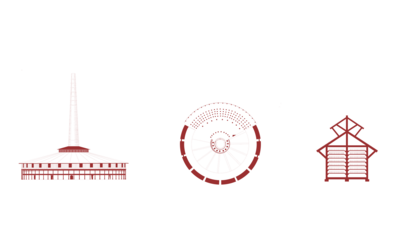
Ring Kiln in Nivaa begins with its invention by the German engineer Friedrich Eduard Hoffmann (1818-1900). This innovative kiln, designed to improve efficiency and production in brickmaking, revolutionized the industry with its continuous firing process.
The Ring Kiln in Nivaa operated until 1967, when it was replaced by a modern, fully automatic tunnel kiln. Despite its retirement from active service, the historical significance of the Ring Kiln was recognized, leading to its protection as a preserved brickworks building. In 1985, after undergoing restoration work by the Aarhus School of Architecture in 1978, the Ring Kiln was officially protected as a heritage site.
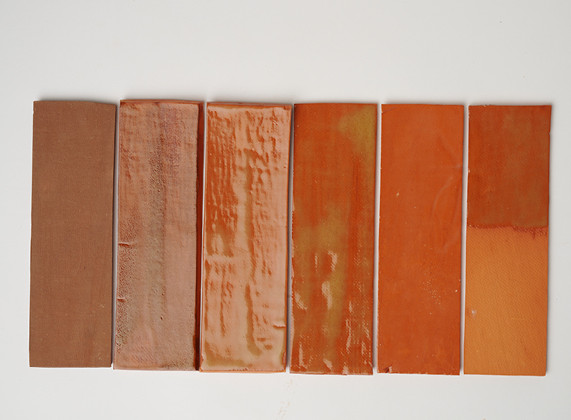

To reinforce and integrate the material homage to the neighboring brickworks, material investigation of the production of bricks has been involved.
The investigation draws inspiration from and is anchored in the brickworks’ previous productions.
The majority of the bricks produced by the brickworks were made from red clay and blue clay respectively.
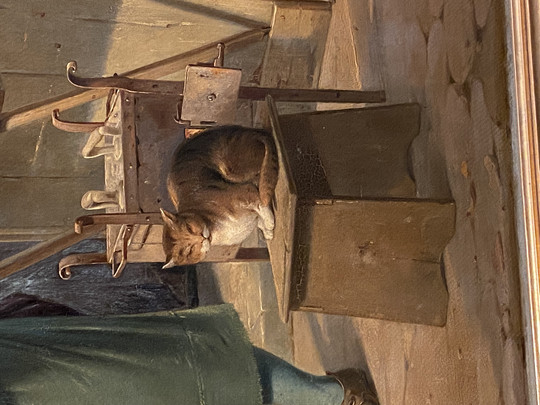
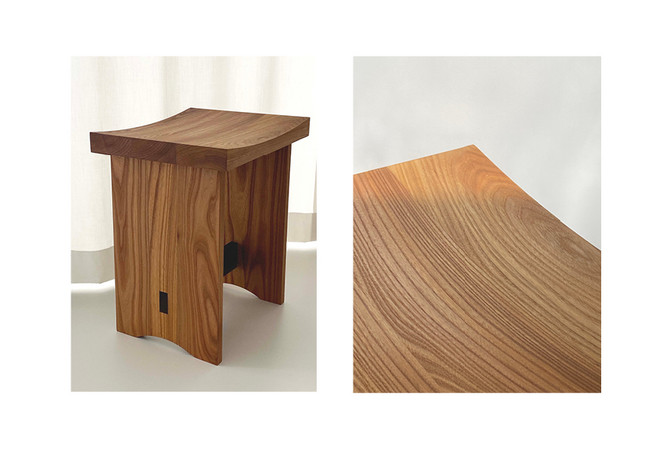
The motif, rooted in Dutch Baroque, depicts a small stool made out of wood with a curved profile. My sketching process investigates how this motif can be transformed into a reinterpretation that meets modern demands for functionality and aesthetics. By analyzing and adapting the characteristic features of the original “design”, I aim to create a piece of furniture that respects historical references while adding a contemporary dimension.
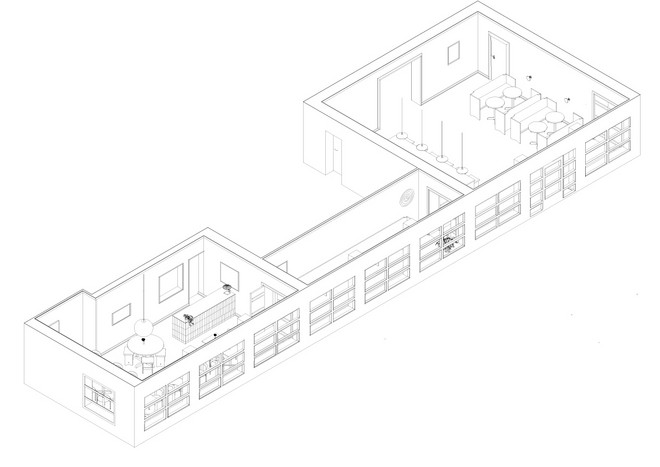
The preliminary investigations have unfolded through a study of the commonalities in design expressed across the three periods. The Danish Golden Age, the Italian Renaissance, and the Dutch Baroque. Both furniture typologies depicted in the paintings and details from the periods have been examined and incorporated.
Det Kongelige Akademi understøtter FN’s verdensmål
Siden 2017 har Det Kongelige Akademi arbejdet med FN’s verdensmål. Det afspejler sig i forskning, undervisning og afgangsprojekter. Dette projekt har forholdt sig til følgende FN-mål

